Tag: picu
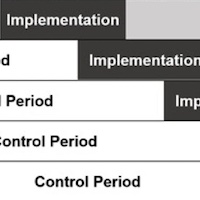
Multifaceted Early Mobility Intervention Impact for Critically Ill Children
This study will examine whether a multifaceted strategy to optimize early mobility affects the duration of mechanical ventilation, delirium incidence, and functional outcomes in critically ill children. This study will... read more
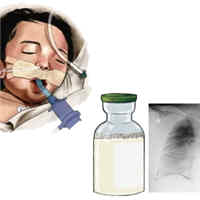
Surfactant Therapies for Pediatric ARDS
We advocate for well-designed preclinical and explanatory clinical studies to investigate the use of surfactant for pediatric (PARDS) and neonatal (NARDS) acute respiratory distress syndrome. Given the accumulating knowledge... read more
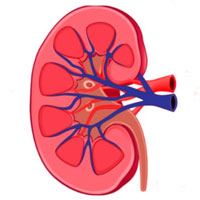
Sepsis-Associated AKI Risks in the PICU
In children with severe sepsis, the degree of hemodynamic support as measured by the VIS and the presence of fluid overload may identify patients at increased risk of developing severe acute kidney injury (AKI). Children... read more

Machine Learning Model Validation for Prediction of Potential PICU Transfer
We developed and externally validated a novel machine learning model that identifies ICU transfers in hospitalized children more accurately than current tools. Our model enables early detection of children at risk for... read more
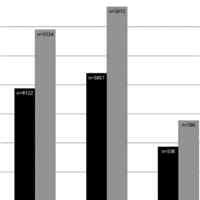
Epidemiology and Outcomes of Critically Ill Children at Risk for PARDS
The Pediatric Acute Lung Injury Consensus Conference “at-risk for pediatric acute respiratory distress syndrome” criteria identify critically ill children at high risk of pediatric acute respiratory distress syndrome... read more

Weaning from Ventilation and Extubation of Children in Critical Care
By reading this article, you should be able to: - Identify the predictors of successful extubation in pediatric ICU (PICU) patients. - Describe the factors affecting mechanical ventilator weaning in PICU patients. -... read more
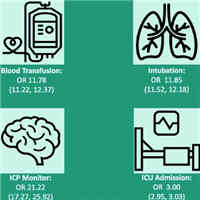
Predicting Outcomes in Pediatric Trauma Patients Using rSI Multiplied by GCS
Reverse shock index multiplied by Glasgow Coma Scale outperformed SI and shock index pediatric age-adjusted (SIPA) in the early identification of traumatically injured children at risk for early interventions, such as blood... read more
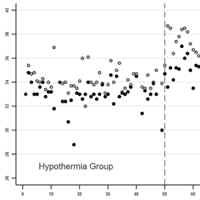
Hypothermia and Health-related Quality of Life Among Pediatric Cardiac Arrest Survivors
Out-of-hospital or in-hospital cardiac arrest treated with therapeutic hypothermia was associated with higher health-related quality of life scores despite having association with higher lactate and lower pH after resuscitation.... read more
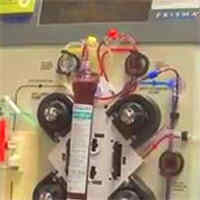
Continuous RRT in Critically Ill Children
The survival rate of patients received continuous renal-replacement therapy (RRT) treatment in our center has improved over past 10 years, and some changes have taken place during these periods. Among them, early initiation... read more
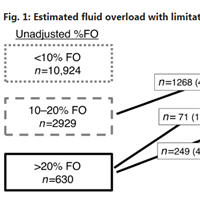
Non-resuscitation fluid in excess of hydration requirements is associated with higher mortality in critically ill children
Non-resuscitation fluid in excess of hydration requirements is associated with increased mortality in critically ill children. Excess maintenance fluid is a modifiable contributor to this fluid volume. Strategies to reduce... read more

No Requirement for Targeted Theophylline Levels for Diuretic Effect of Aminophylline in Critically Ill Children
Aminophylline administration provided a measure of increased diuresis, regardless of dosage, and theophylline trough levels. Therefore, achieving a prescribed therapeutic trough level may not be necessary for full diuretic... read more

Hemodynamic Tolerance to IV Clonidine Infusion in the PICU
Although administration of clonidine is often associated with bradycardia and hypotension, these complications do not seem clinically significant in a mixed PICU population with a high degree of disease severity. Clonidine... read more

Functional Recovery in Critically Ill Children, the “WeeCover” Multicenter Study
This study provides new information regarding functional outcomes and the factors that influence meaningful aspects of functioning in critically ill children. Identifying patients at greatest risk and modifiable targets for... read more
Variability in Antibiotic Use Across PICUs
Margaret Parker, MD, MCCM, speaks with Thomas V. Brogan, MD, about the article "Variability in Antibiotic Use Across PICUs," published in the June 2018 issue of Pediatric Critical Care Medicine. Dr. Brogan discusses study... read more




